(NLDO) - The monster Lishulong wangi has roamed the globe since Asia was still part of the lost supercontinent Laurasia.
According to Sci-News, the fossil of a completely new species of monster, dating back up to 193 million years, has been excavated from the Lufeng Formation near Jiudu village in Yunnan province - China.
It was a member of the mysterious Sauropodomorph lineage, the predecessor to the world's largest sauropod dinosaurs.
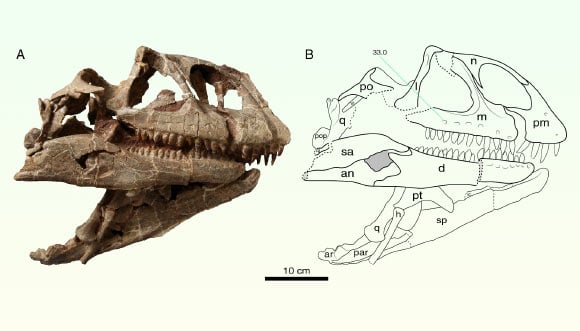
The giant skull of the monster Lishulong wangi - Photo: PEERJ
According to paleontologist Qian-Nan Zhang from the Chinese Academy of Sciences, Sauropodomorphs are one of the most ancient lineages of the dinosaur world, becoming the dominant herbivore group from the Norian stage of the Late Triassic of the Triassic.
The Triassic was the time when the earliest dinosaurs appeared, laying the foundation for a world of giant beasts that flourished in the following Jurassic and Cretaceous periods.
The newly discovered species in Yunnan, named Lishulong wangi, may represent one of the key transitions of sauropod dinosaurs.
It was a Sauropodomorph that lived during the early Jurassic period of the Jurassic period. It was a time when Sauropodomorphs evolved rapidly before being replaced by a closely related and morphologically similar group called Sauropods.
Thus, Sauropodomorphs provide important insights into the origin and early evolution of Sauropods, one of the most important groups of dinosaurs.
Before Lishulong wangi, several dinosaurs belonging to this transitional group had been excavated in the Lufeng Formation, albeit with smaller skull sizes.
According to Dr. Zhang, the unusual diversity of this dinosaur lineage in Yunnan - China suggests that this place may have been the cradle of later sauropod-shaped dinosaurs, along with some other places on the ancient supercontinent Laurasia.
At that time, our Earth had only two supercontinents, the North was Laurasia, the South was Gondwana.
The most famous sauropods of the Cretaceous period - the golden age of dinosaurs - are found mainly from the lands of Gondwana, but the sauropodomorphs are the opposite.
There are also early Sauropodomorph specimens found in ancient Gondwana lands, but their biodiversity appears to have decreased across the Triassic-Jurassic boundary.
“Therefore, we hypothesize that Sauropodomorph genera existed and evolved rapidly in Laurasia, especially China,” said Dr. Zhang.
Among them, Lishulong wangi lies at the heart of the first transition from this ancient lineage to Sauropods, the study, published in the journal PeerJ, concludes.
Source: https://nld.com.vn/ong-to-cua-sieu-quai-thu-lo-dien-o-van-nam-trung-quoc-196250102110850337.htm


![[Photo] Promoting friendship, solidarity and cooperation between the armies and people of the two countries](https://vstatic.vietnam.vn/vietnam/resource/IMAGE/2025/4/17/0c4d087864f14092aed77252590b6bae)

![[Photo] Closing of the 4th Summit of the Partnership for Green Growth and the Global Goals](https://vstatic.vietnam.vn/vietnam/resource/IMAGE/2025/4/17/c0a0df9852c84e58be0a8b939189c85a)
![[Photo] Nhan Dan Newspaper announces the project "Love Vietnam so much"](https://vstatic.vietnam.vn/vietnam/resource/IMAGE/2025/4/17/362f882012d3432783fc92fab1b3e980)
![[Photo] The beauty of Ho Chi Minh City - a modern "super city" after 50 years of liberation](https://vstatic.vietnam.vn/vietnam/resource/IMAGE/2025/4/18/81f27acd8889496990ec53efad1c5399)
![[Photo] National Assembly Chairman Tran Thanh Man meets with outstanding workers in the oil and gas industry](https://vstatic.vietnam.vn/vietnam/resource/IMAGE/2025/4/17/1d0de4026b75434ab34279624db7ee4a)
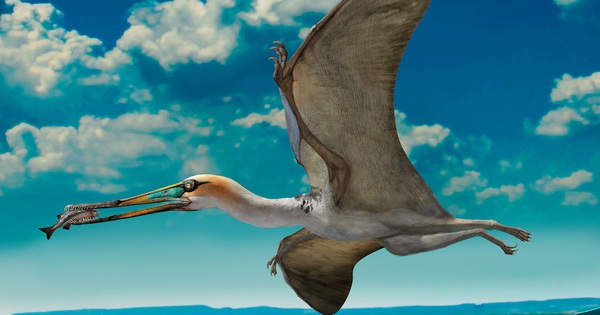
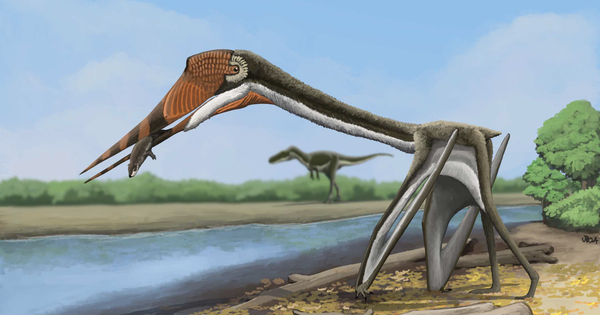
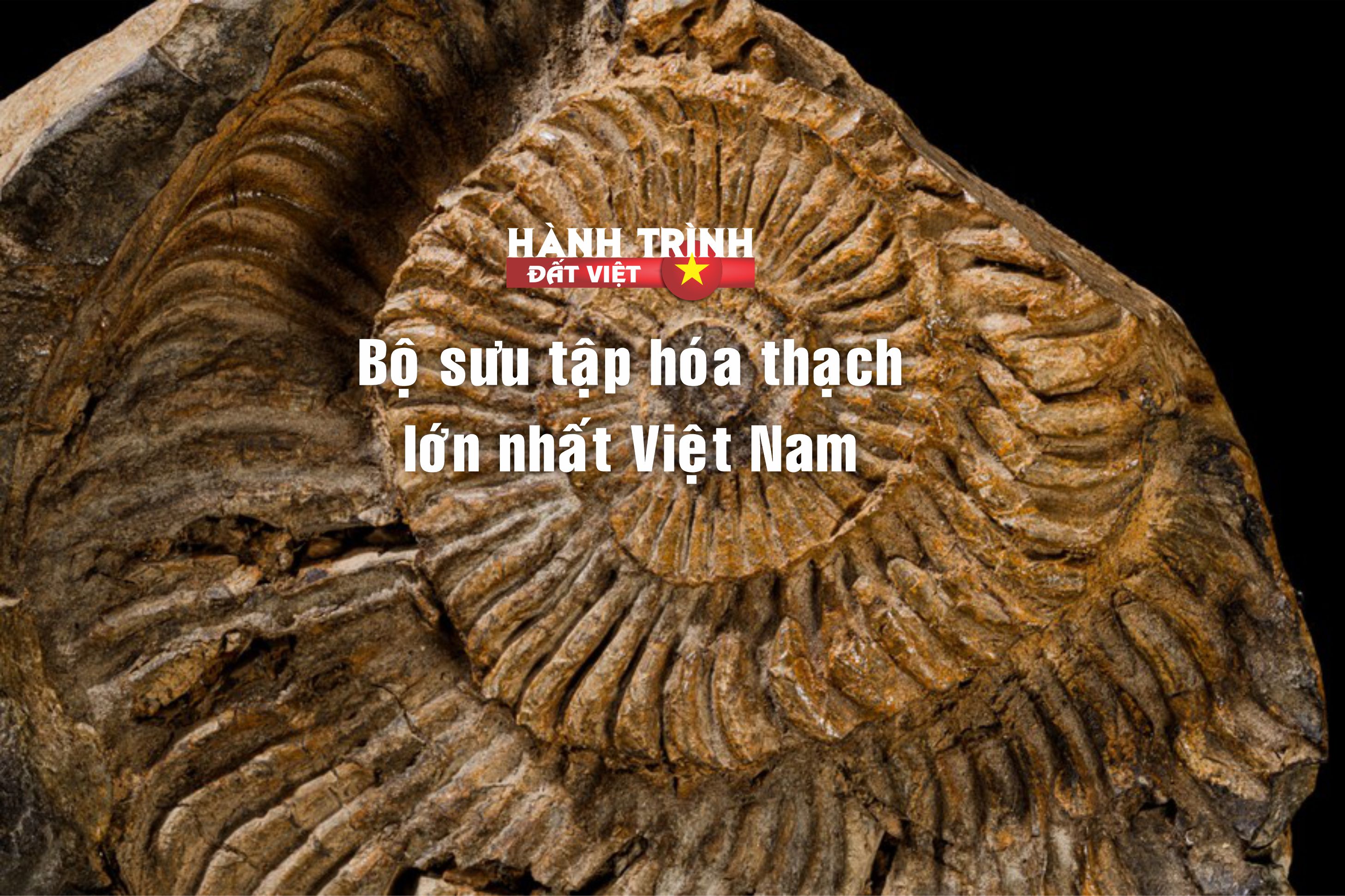

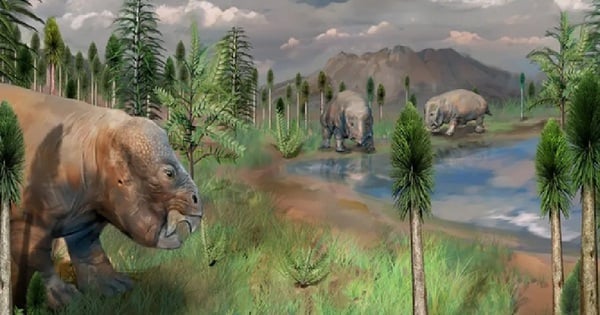
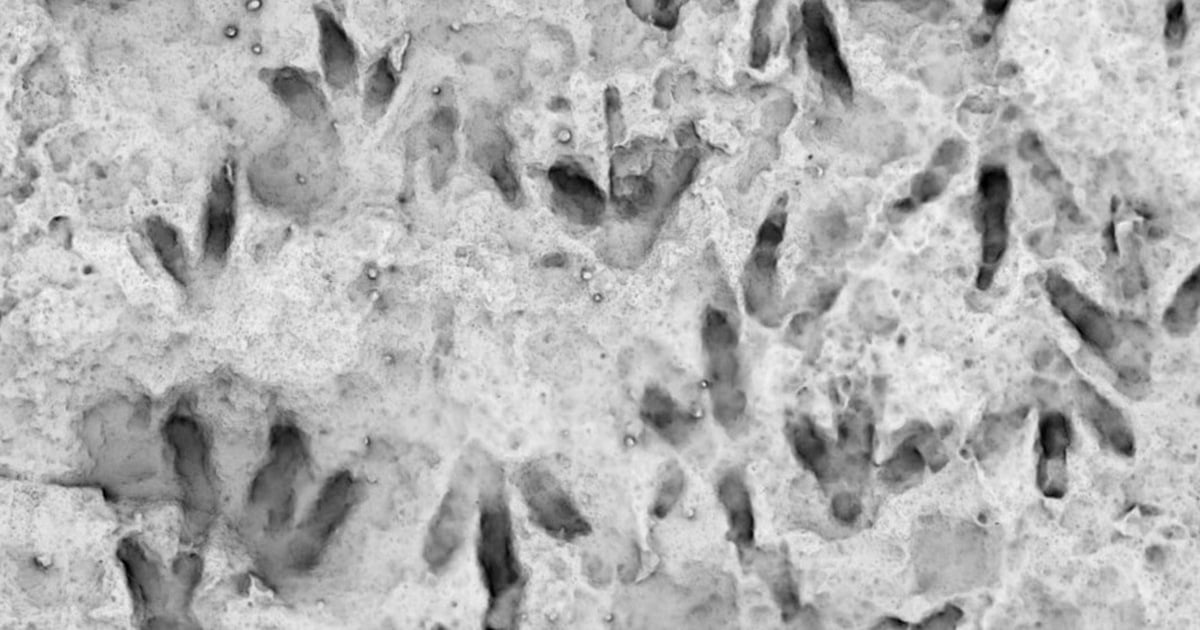

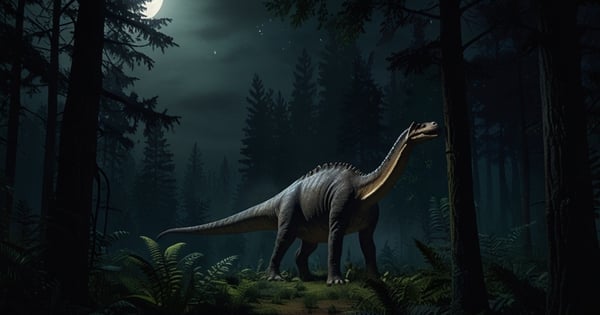





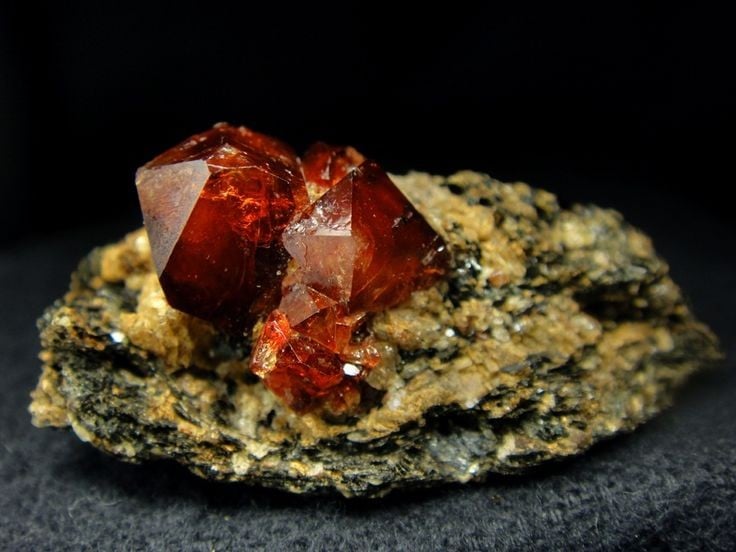










![[Photo] General Secretary To Lam receives French Ambassador to Vietnam Olivier Brochet](https://vstatic.vietnam.vn/vietnam/resource/IMAGE/2025/4/17/49224f0f12e84b66a73b17eb251f7278)





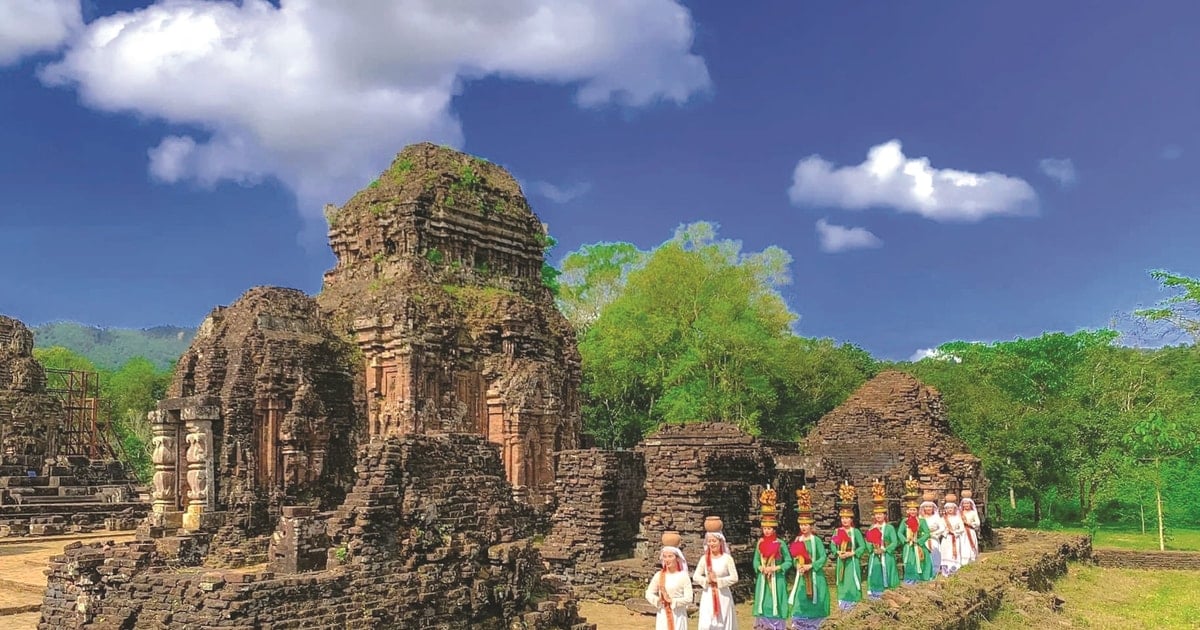

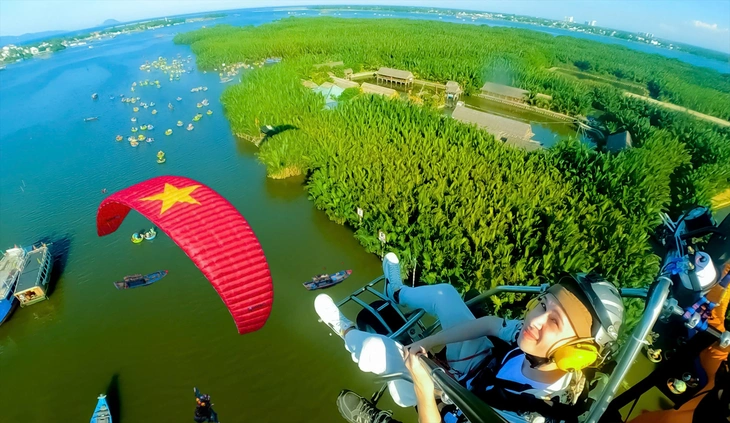








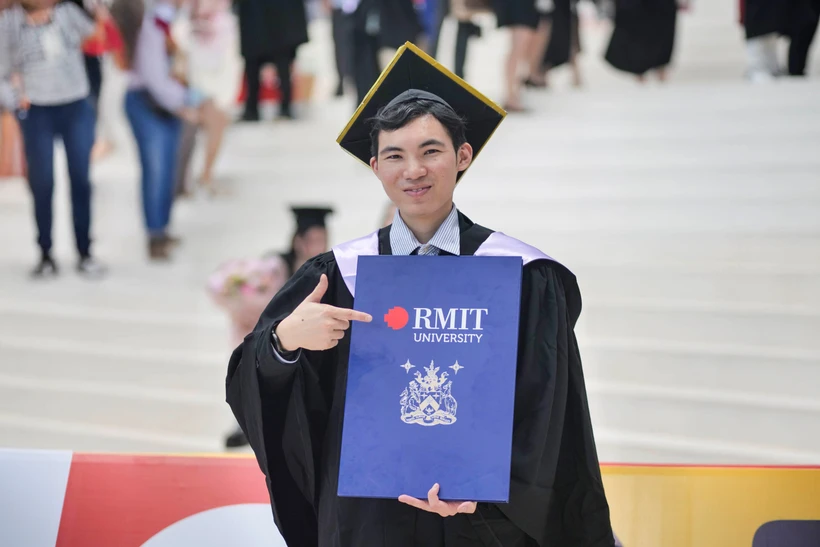








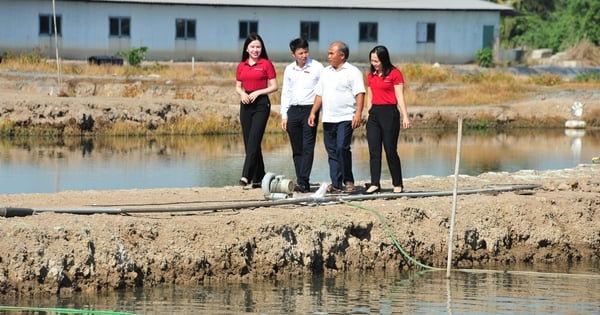


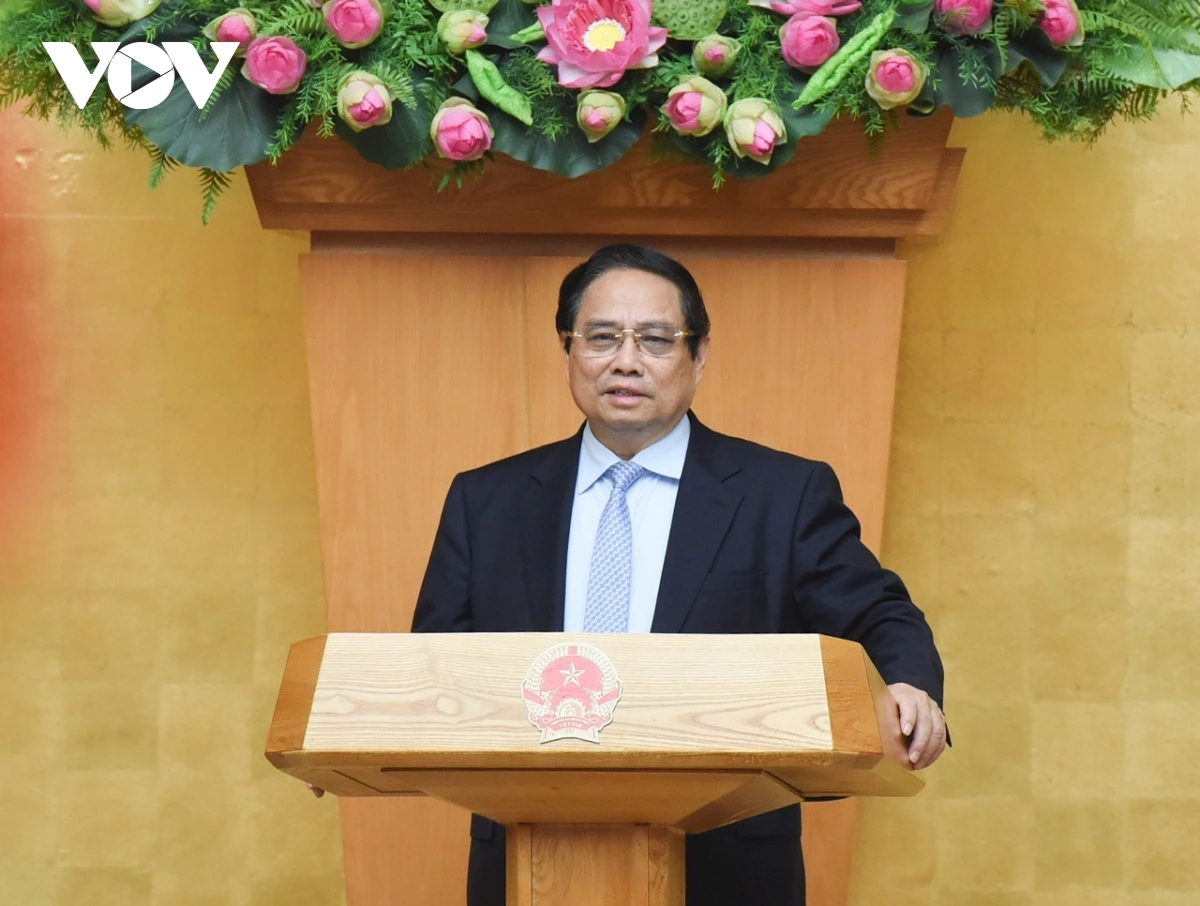






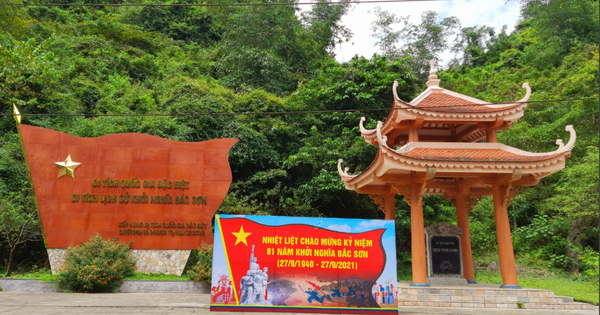



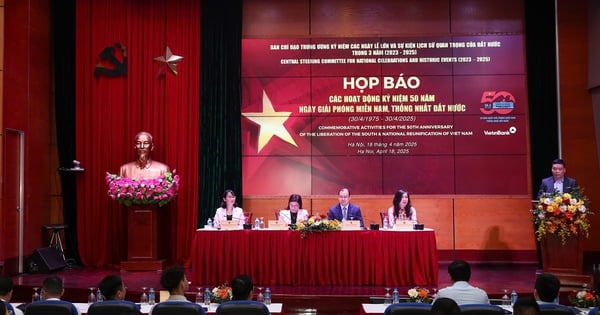











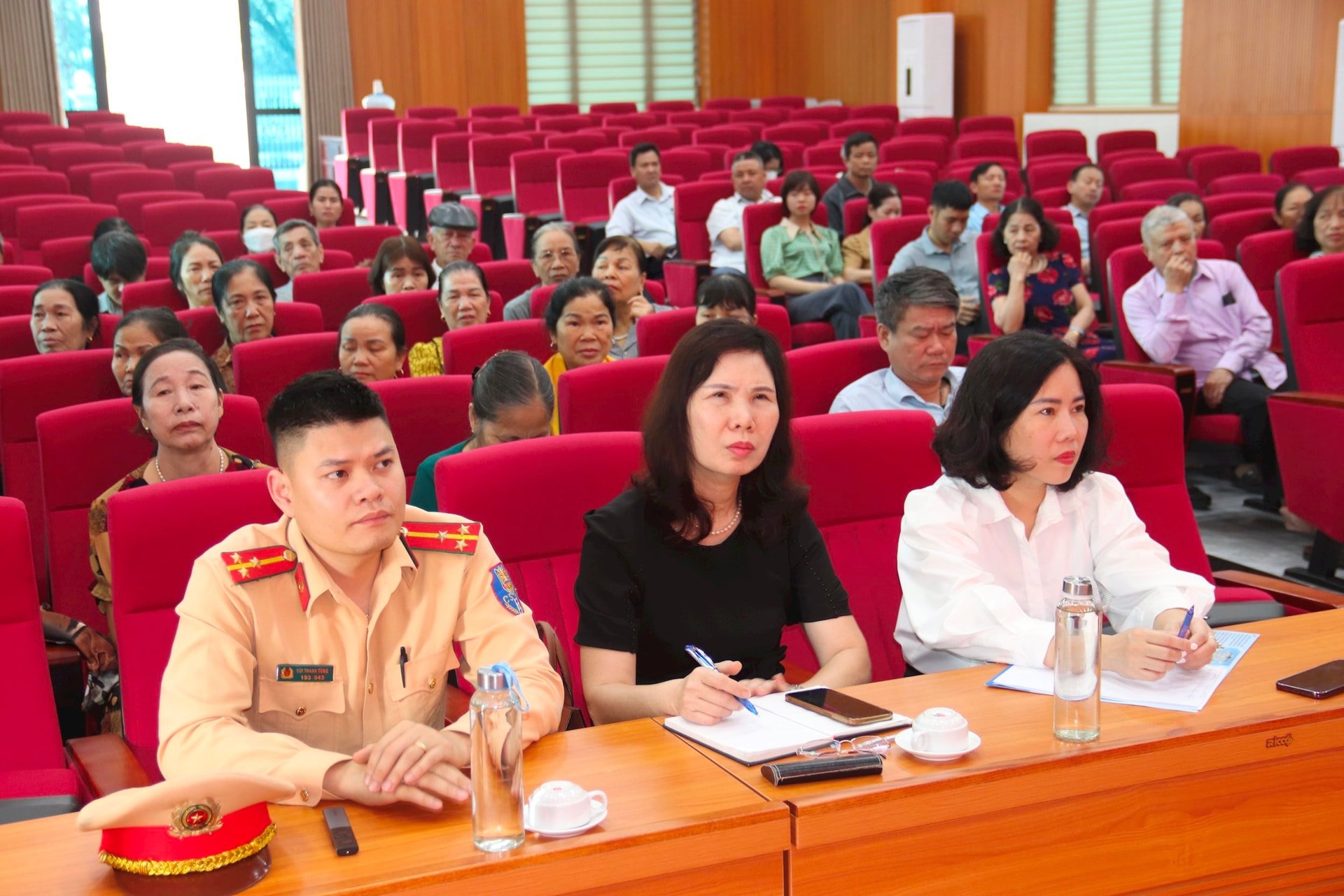












Comment (0)